Training hub
Discover our online training resources to start building your skills and knowledge in the water sector.
Browse by topic
Jacobs
AI
Surface water hydraulics
Surface water hydrology
Groundwater
Modelling general knowledge
Python
HEC-RAS
MODFLOW
QGIS
TUFLOW
HEC-HMS
R
RORB
Water quality
ARR
Technology & Innovation
Climate Adaptation
Water Policy & Governance
Water Reuse & Recycle
Water Infrastructure
Energy
Mining
Water Markets
One Basin
Water Research
SWAN
Irrigation & Agriculture
Water Planning
Ecosystem & Catchment Management
FLOW-3D
FLIKE
All Training


Dam Breach with HEC-RAS
Modelling dam breaches and downstream impacts
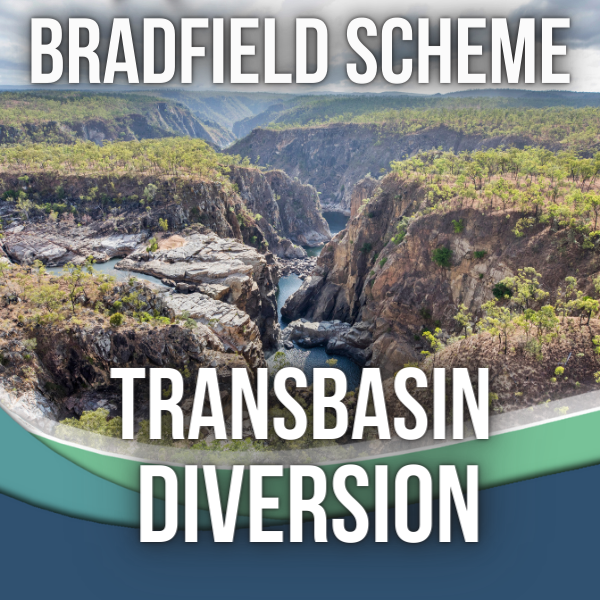
The Bradfield Scheme
Does Australia’s famous transbasin diversion proposal stack up? Discover more about the science behind its evaluation and lessons learned about inter-basin water diversion.
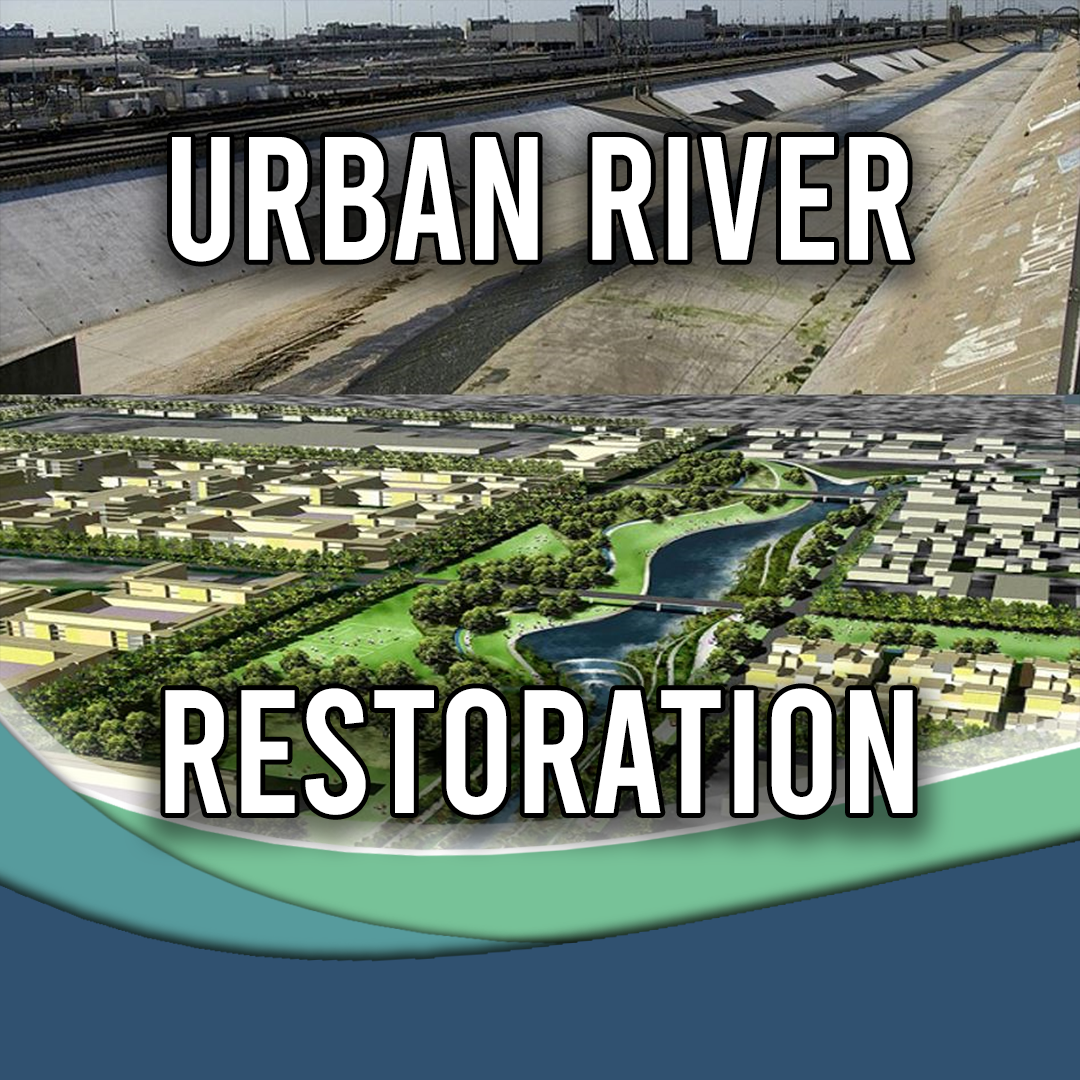
Escape from the concrete jungle
Join us for a discussion of river restoration projects that have been undertaken in urban settings, including both successes and failures

RORB essentials for water modelling
Using RORB to model general runoff and streamflow routing from rainfall and other channel inputs

Flood modelling quality control
TUFLOW modelling: practical approaches to minimise errors

MODFLOW 6 and FloPy
Numerical modelling with MODFLOW 6 and FloPy for beginners

Python Masterclass: Advanced skills for hydrology
Advance your skills for hydrological data processing and modelling using Python.

Panel Event: Drowning in plastics
A special panel discussion to meet filmmakers, activists, and scientists who are trying to keep plastics out of waterways and clean up our waste

Applied hydrodynamic modelling – Part 2
Demonstrating the use of hydrodynamic modelling as a tool for engineering planning and design

Groundwater time series analysis
In this course you will dive deep into how the Python language can be used to obtain additional insights from existing groundwater hydrograph datasets
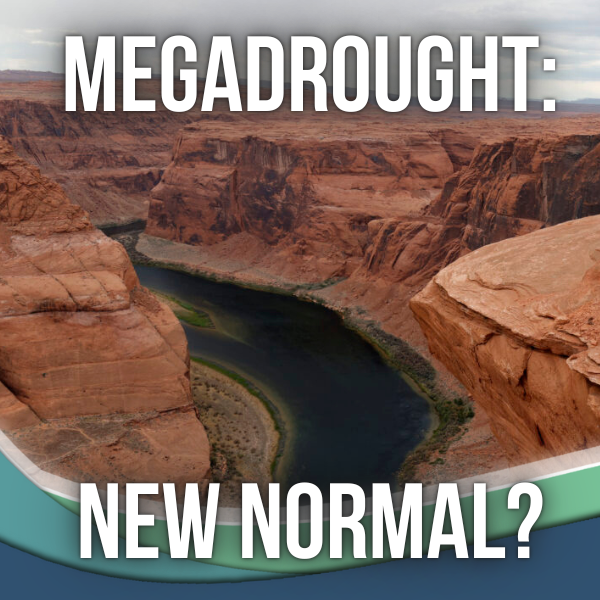
Megadrought: the new normal?
How you can make a positive difference after examining the impacts and future projections of droughts and megadroughts globally.
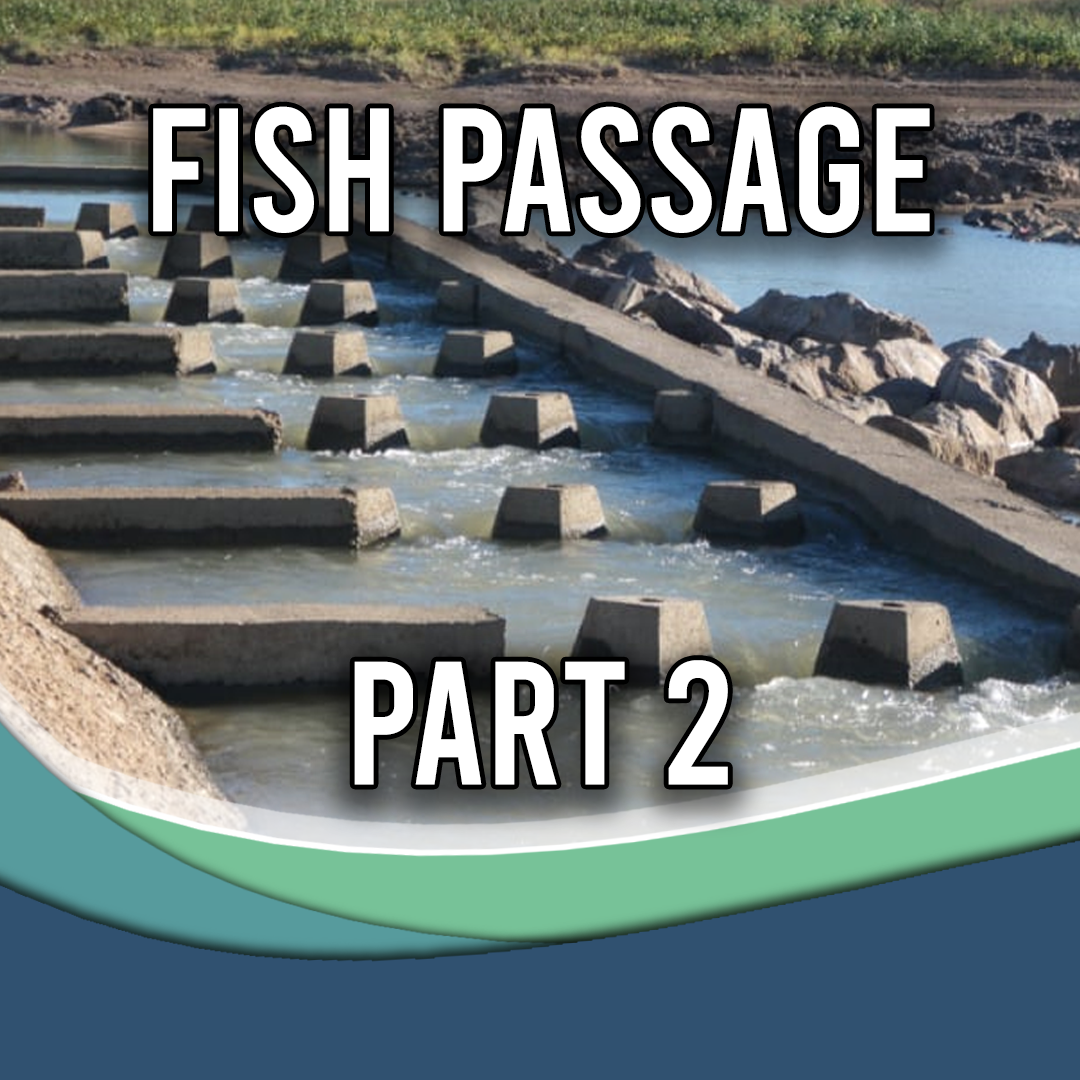
Something’s fishy, part 2
We continue our exploration of fish passage hydraulics with Part 2 dedicated to Australian species

Python for hydrology and hydrogeology
Explore Python programming for water modelling.

Applied hydrodynamic modelling – Part 1
Two case studies demonstrating the use of hydrodynamic modelling as a tool for environmental management decision making
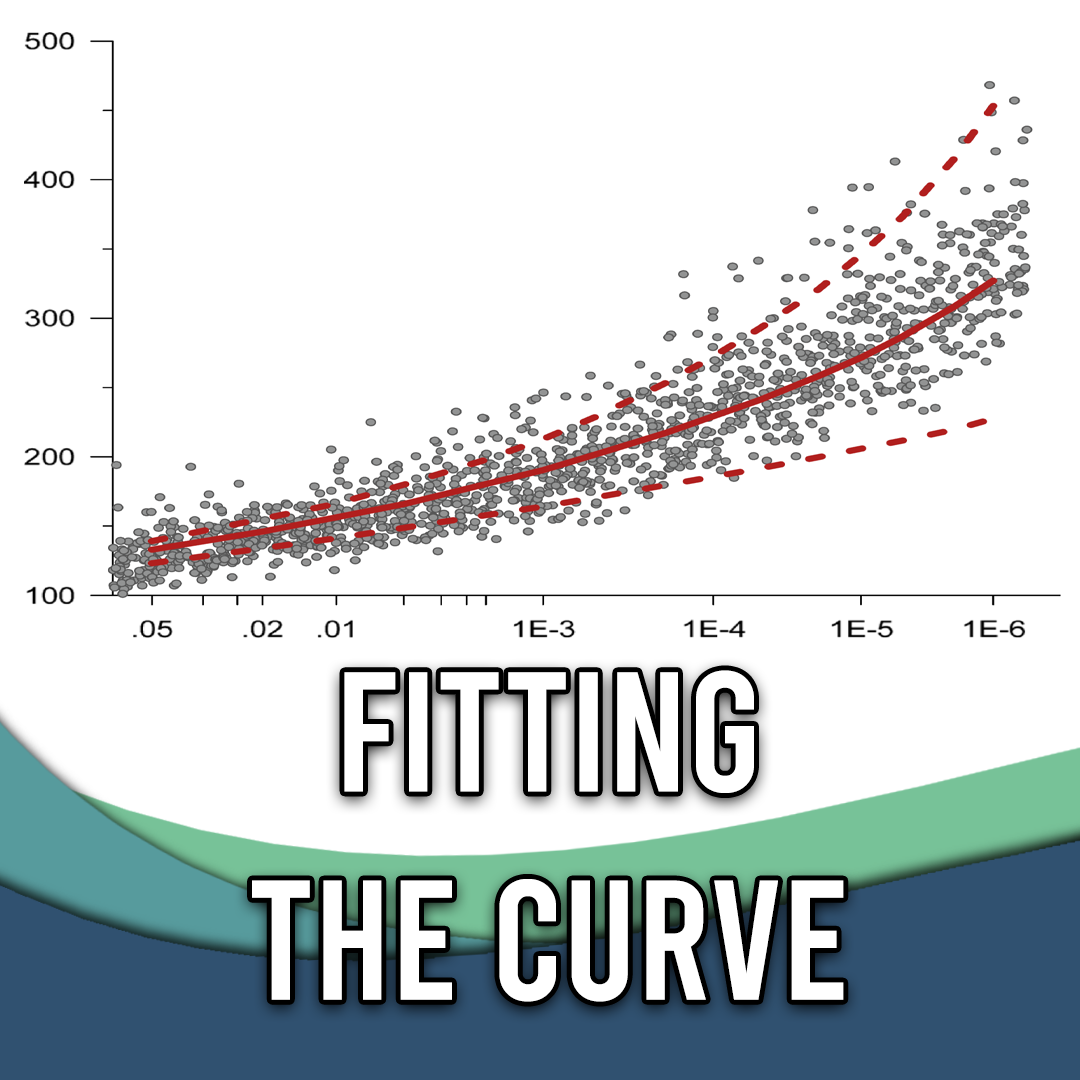
Fitting the Curve
Finding the best fit for flood frequency analyses

Uncertainty analysis in groundwater modelling
Develop confidence in decision-making by learning how to manage uncertainty in modelling results

Groundwater modelling in Python
How mathematical groundwater models can be implemented in Python

Theory vs practice – the challenges of flood risk management
Best practice floodplain management: how to develop management measures within the limitations of reality

Fluvial Geomorphology Essentials
Learn the basics of fluvial geomorphology, focussing on infrastructure crossings

Flooded? Forget It!
Learn about the hydraulic design principles for low-water crossings and find out why you shouldn’t cross flooded roadways

Coastal water quality modelling 101 – Part 1
Making the most of our coast whilst minimising impact: 3D water quality and environmental modelling applications

Groundwater modelling in Python
This course demonstrates how mathematical groundwater models can be implemented in Python

From Courant to Saint Venant
This webinar will explore the equations that are hidden inside the “black box” of most hydraulic modelling programs and will launch our Hydrology and Hydraulics (H&H) Essentials training series

Operational structure modelling using TUFLOW
Learn about a range of operational structures in TUFLOW

Rating Curves
Join our expert presenters for a hands-on, interactive course covering the development of rating curves from measurements and models.
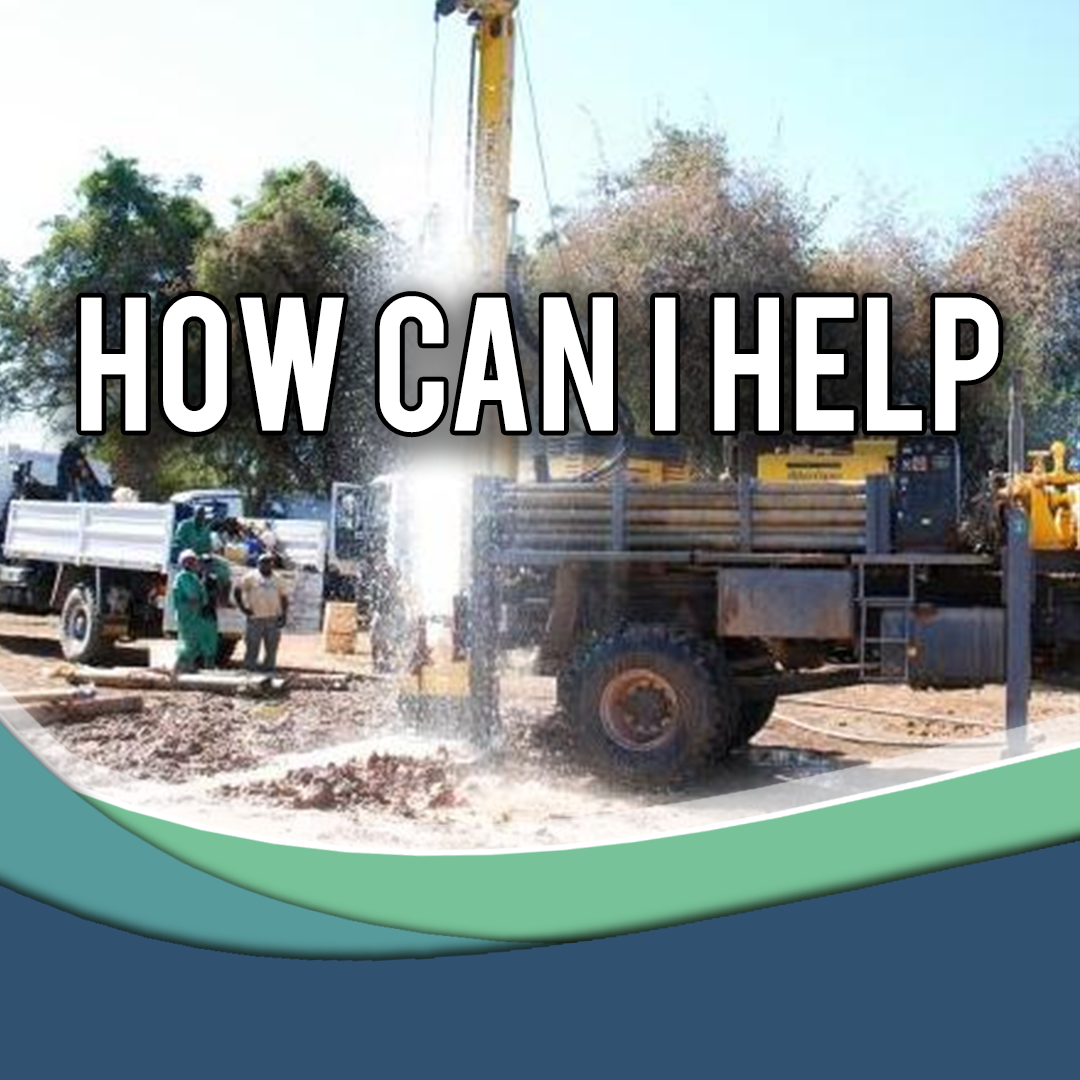
How can I help?
Meet some water engineers who have spent their careers providing humanitarian aid, and find out how individuals and organisations with water engineering skills can lend a helping hand.

Groundwater time series analysis
How the Python language can be used to gain additional insights from existing groundwater hydrograph datasets

H&H Essentials #1: Meteorology and precipitation
Increase your knowledge of interpolation and extrapolation techniques for applying rainfall gauge data
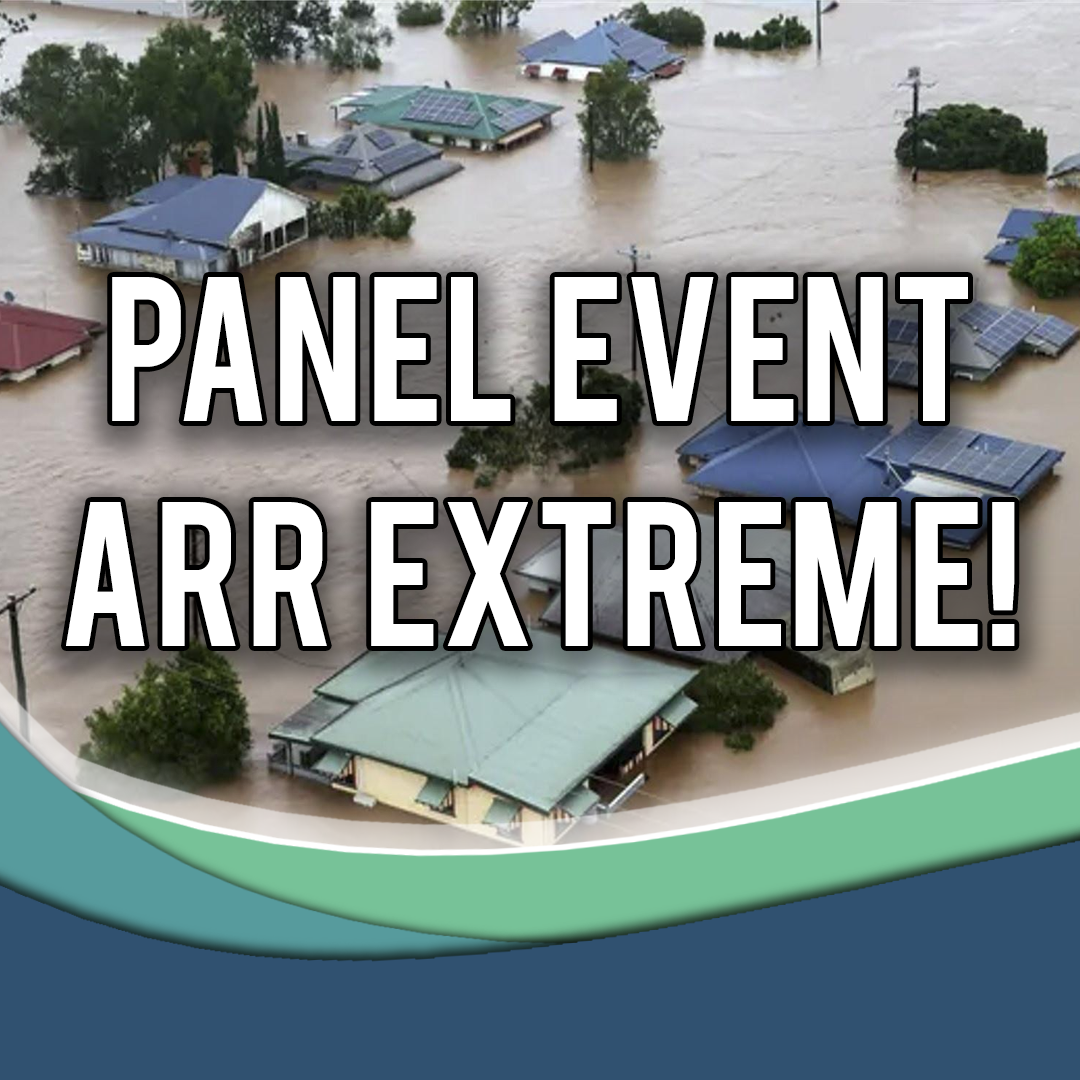
Panel Event: Australian Rainfall and Runoff – to the extreme!
A 90mins panel discussion with industry experts to address the recent QLD & NSW flooding events and modelling implications.

3D Coastal Modelling 101
Explore 3D modelling approaches for coastal environments

